More than 70 years ago, Louie Mattar drove 6320 miles non-stop in his fantastic perpetual motion machine
Imagine, if you will, a week-long drive of 6320 miles—L.A. to New York and back again—on the move all the way without so much as a gas stop or a pause for a traffic light. Would such a journey require supernatural intervention? Is it technically impossible? Or could the imagination, determination, and technical skill of an inventor and gregarious character named Louie Mattar be sufficient to pull it off?
Louie Mattar grew up in Detroit, of course. Anyone who would attempt a bizarre automotive stunt like the one he accomplished in September 1952 had to have some Motor City brew in his veins. A respected engineer and inventor, Mattar developed numerous devices for automakers and the U.S. military, including a mine sweeper for the Navy. But his greatest achievement was undoubtedly the extensively modified 1947 Cadillac Fleetwood that he designed and built over a period of years, constantly altering it to make it ever more capable, self-sufficient, and complex. That was the car in which he and two pals made their epic two-way cross country journey. As if L.A. to New York and back without stopping wasn’t adequate proof of the Caddy’s capability and the team’s endurance, they followed up two years later with a continent-bisecting non-stop drive from Anchorage, Alaska, to Mexico City.
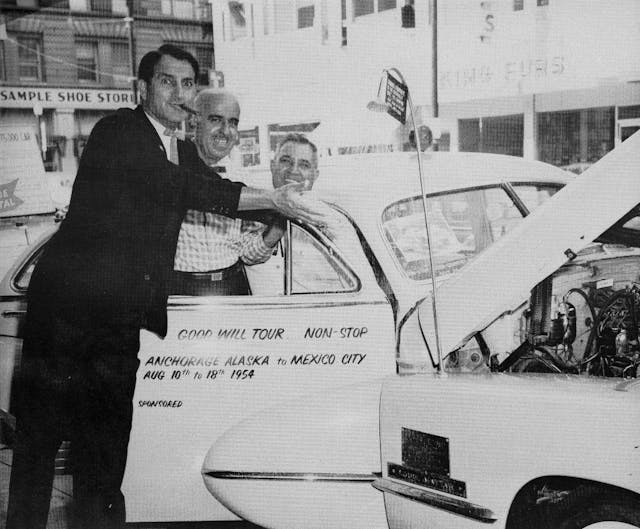
Now, Mattar didn’t spend the entire 6320-mile trip behind the wheel, since he shared driving duties with his two fellow travelers, but the journey had to be debilitating as the Cadillac never came to a halt, with the three men changing positions while on the move. Escorted through traffic lights and stop signs by local authorities, the adventurers and their big Caddy never stopped rolling down the road. That’s not exactly perpetual motion, but it’s about as close to it as a car can come.
The Cadillac’s original purpose wasn’t mileage marathons. Mattar built it for camping, with on-board systems that would make a week or two in the wild enjoyable without other support. So, some of the first accessories he created for the Cadillac were geared toward living in the car. Of course, there was a chemical toilet and a shower. But Louie believed in camping in style, so the car boasted a television, a refrigerator, a kitchen sink, and a bar. Also installed was a mobile telephone capable of communicating nationwide when conditions were right via base stations located strategically throughout the country. A tank in the car held 50 gallons of water. Mattar installed an ironing board, iron, and washing machine, despite Mrs. Mattar’s contention that laundering while on a camping trip wasn’t necessary. But it might be necessary on a non-stop cross country trip, and that goal soon became Mattar’s obsession.
To stay on the move for more than 6000 miles, Mattar had to invent ways to maintain the car and refuel it on the go. Retractable platforms attached to the sides of the car enabled two of the three travelers to work under the hood while the third member of the team drove. Windows in the hood meant the driver could see the road ahead even when the hood was raised. A trailer towed behind the Caddy sported a patio of sorts at its rear for relaxation and for entertaining the journalists who hopped on board when Mattar drove slowly through towns. An intercom system enabled communication between the car and the patio.
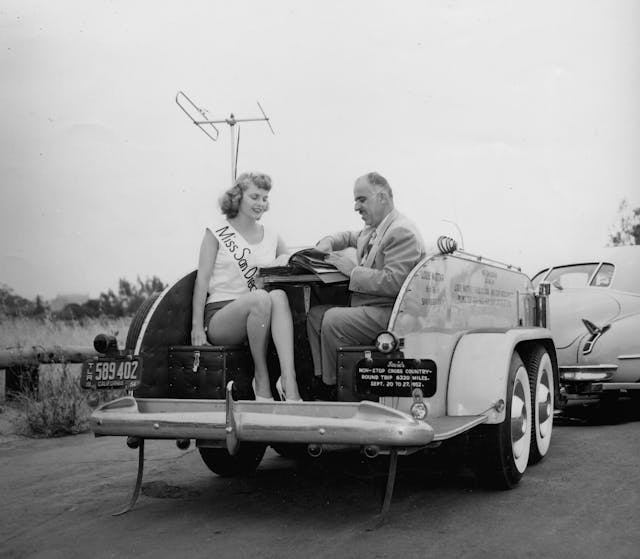
The trailer wasn’t meant solely for entertainment. It carried spare tires and parts, another 30 gallons of water, 15 gallons of motor oil, and 230 gallons of gasoline. That wasn’t enough gas for the entire journey, but it was enough to ensure the car would only have to be refueled three times. Those refueling stops weren’t stops, either. They were executed on the move at airfields along the way, much like jet fighters are refueled in the air. Power for the Caddy’s many accessories and tools was provided by specially built batteries with a total capacity of 1500 ampere hours. An engine-driven 90-amp generator charged the batteries.
Frequent oil changes were standard maintenance in the ’50s, with a generally recommended interval of 2000 miles. Mattar went one better and developed a system that would automatically change the oil every 1000 miles—while the car was moving, of course. Another system automatically topped off the radiator when necessary.
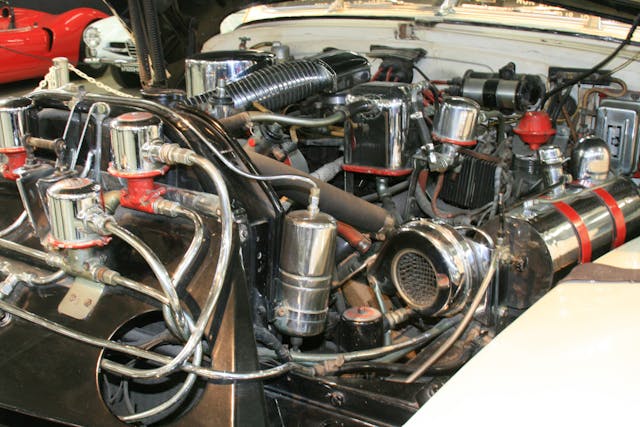
On a 6000-mile journey in those pre-interstate days, given the frequent road hazards and the tire composition of the time, flat tires were inevitable, so a system had to be developed that enabled changing a tire without stopping. Because both car and trailer were equipped with side-mounted platforms, the travelers could move from car to trailer when a replacement tire or other gear was needed. To enable removal of a tire while on the go, a hydraulic jack with a wheel on its shaft raised the offending tire while the car was moving. A wider platform was attached to the car next to the wheel, and the tire’s lug nuts were spun off with an electric impact wrench. Squatting precariously on the platform with the car rolling along at about 15 mph, one of the men would lift the tire off the hub and hand it off to another member of the team, who would in turn pass along the new tire. Once installed, the tire would be fully inflated by an engine driven compressor that delivered air via a conduit in the axle and wheel. A regulator at each wheel controlled tire air pressure. In a YouTube video, a somewhat rotund and balding Mattar can be seen easily handling the heavy tire and wheel as he demonstrates how to swap out a tire on the go.
Mattar spent seven years and $35,000 creating this one-of-a-kind machine in the garage that housed his San Diego auto repair business. He funded the project himself—quite an achievement since that figure equates to more than $400,000 today.
The mechanics of the vehicle weren’t the only obstacles to completing a non-stop cross-country journey. Non-stop meant non-stop, and Mattar had no intention of pausing for red lights or stop signs on the roads he travelled, so he had to make advance arrangements for police escorts through the towns that dotted the U.S. highway system of 70 years ago.
Louie Mattar died in 1999 at the age of 89, and his “Fabulous Cadillac,” as he appropriately called it, is now the property of his grandson, Dan Mattar. The car has been on loan to the San Diego Automotive Museum for the past 24 years and is on display. If your next road trip takes you to Southern California, plan a visit to the museum where you can see the ultimate road trip vehicle of 70 years ago. Louie Mattar would have liked that.
***
Check out the Hagerty Media homepage so you don’t miss a single story, or better yet, bookmark it. To get our best stories delivered right to your inbox, subscribe to our newsletters.
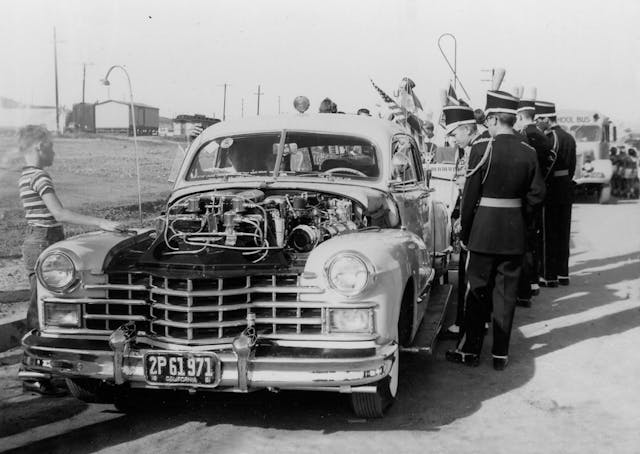
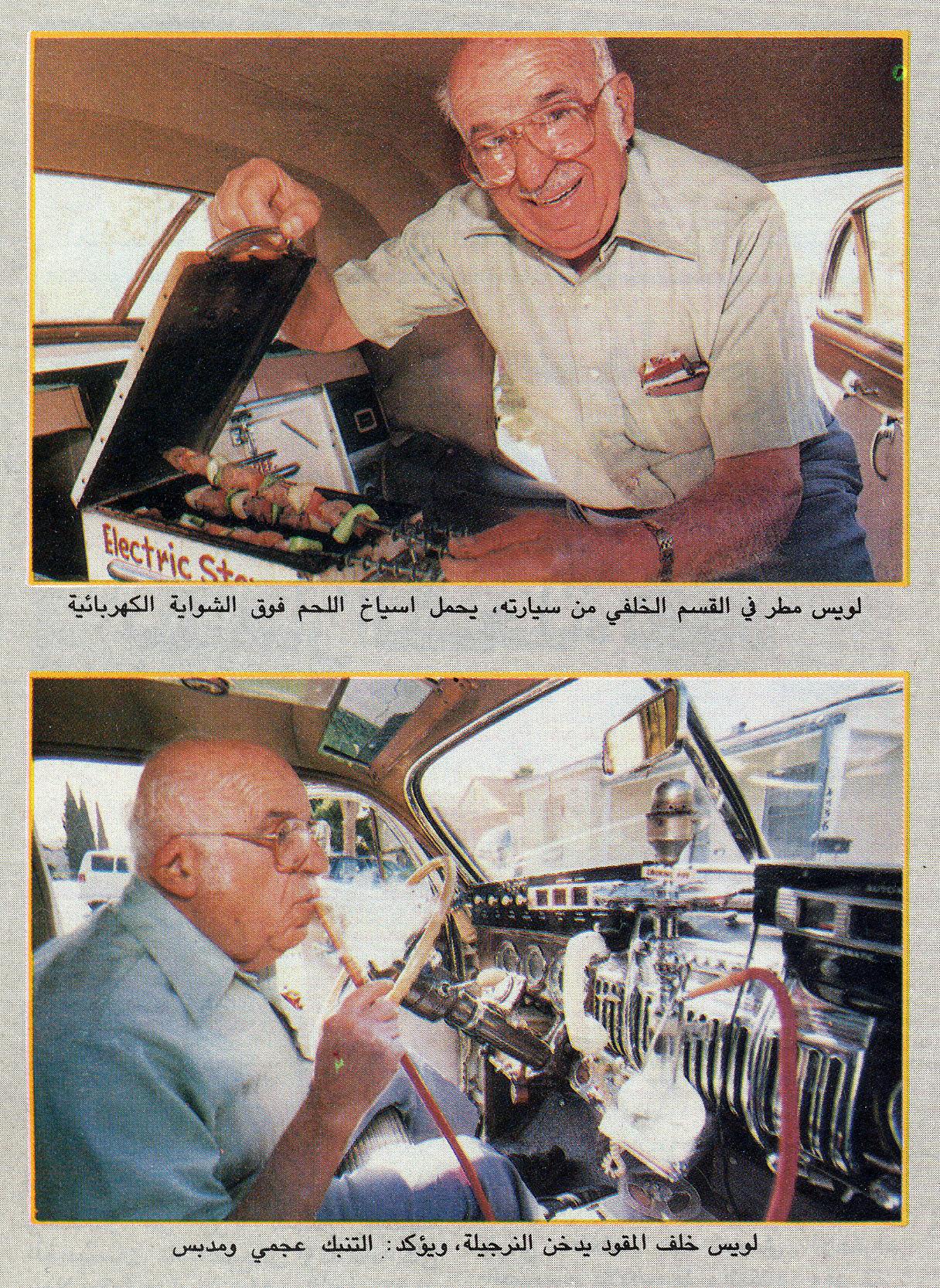

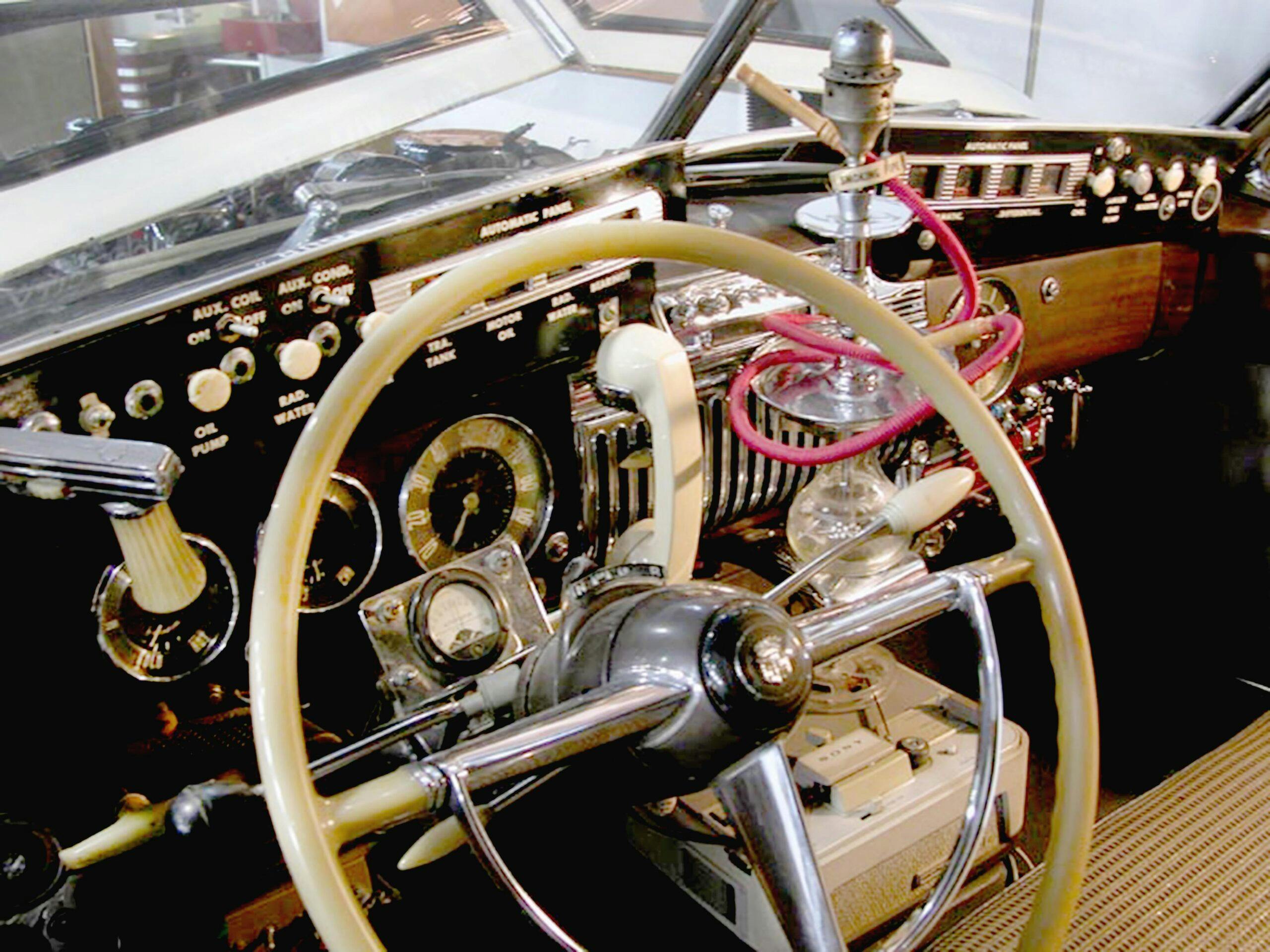
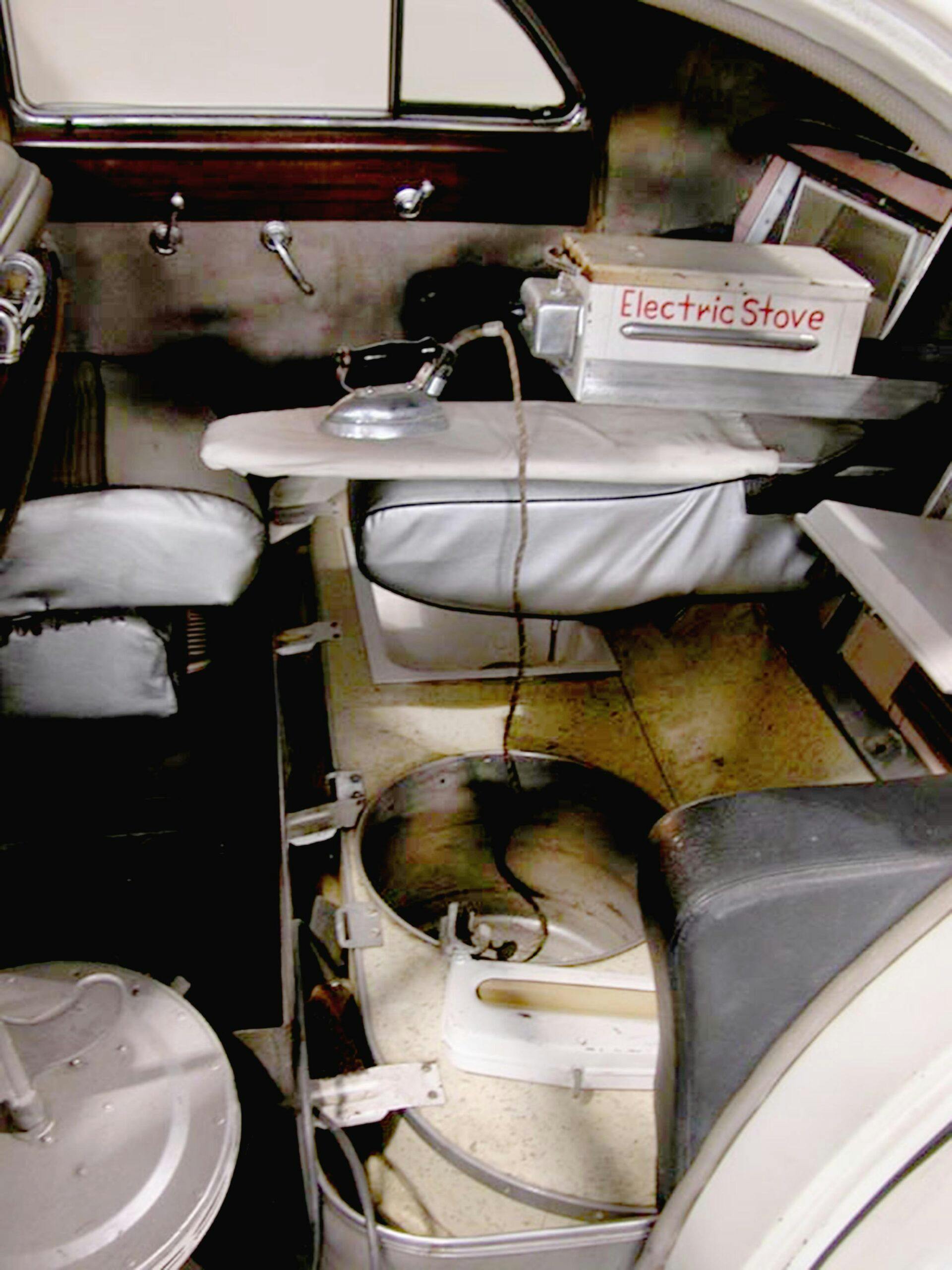
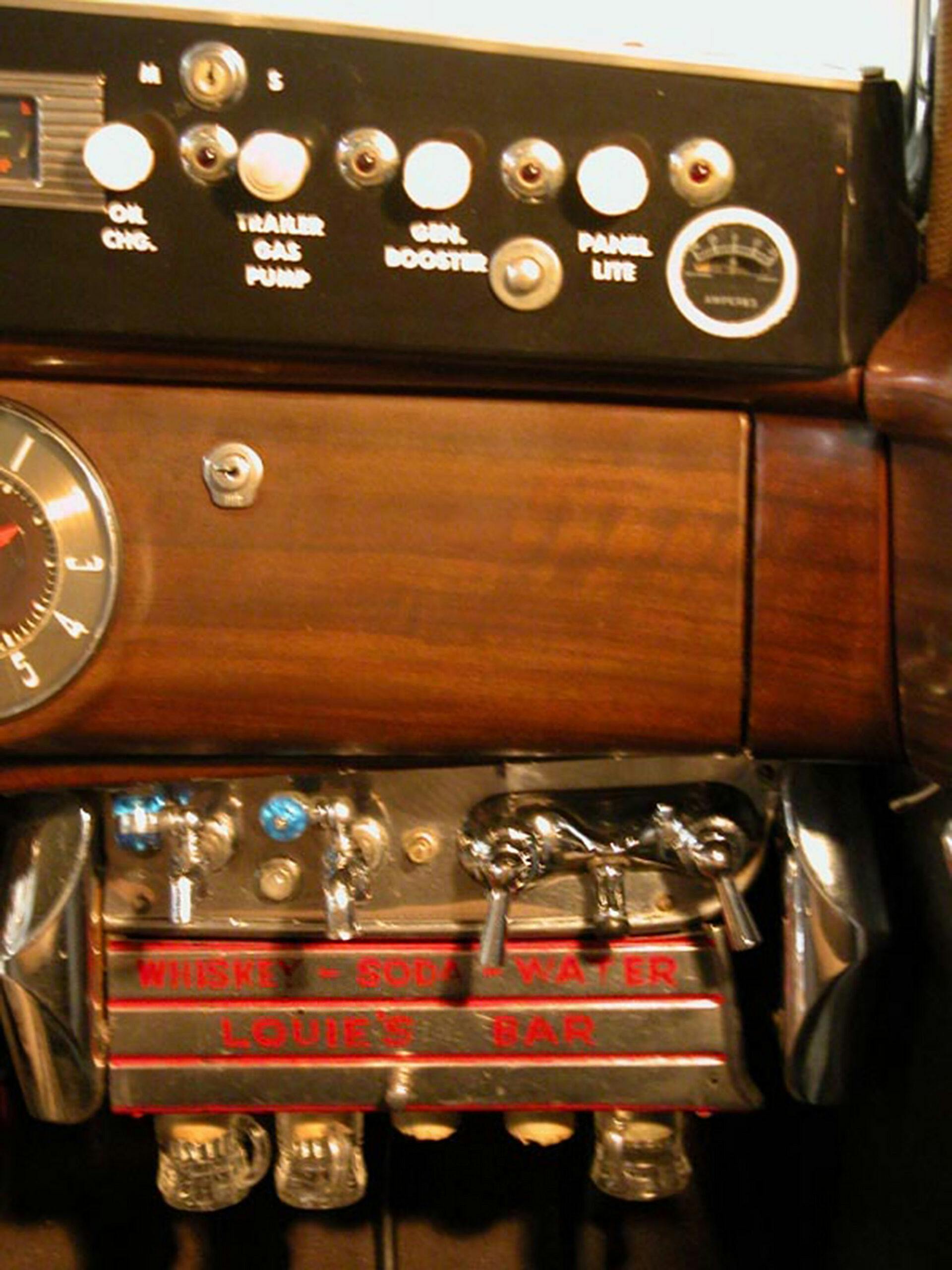
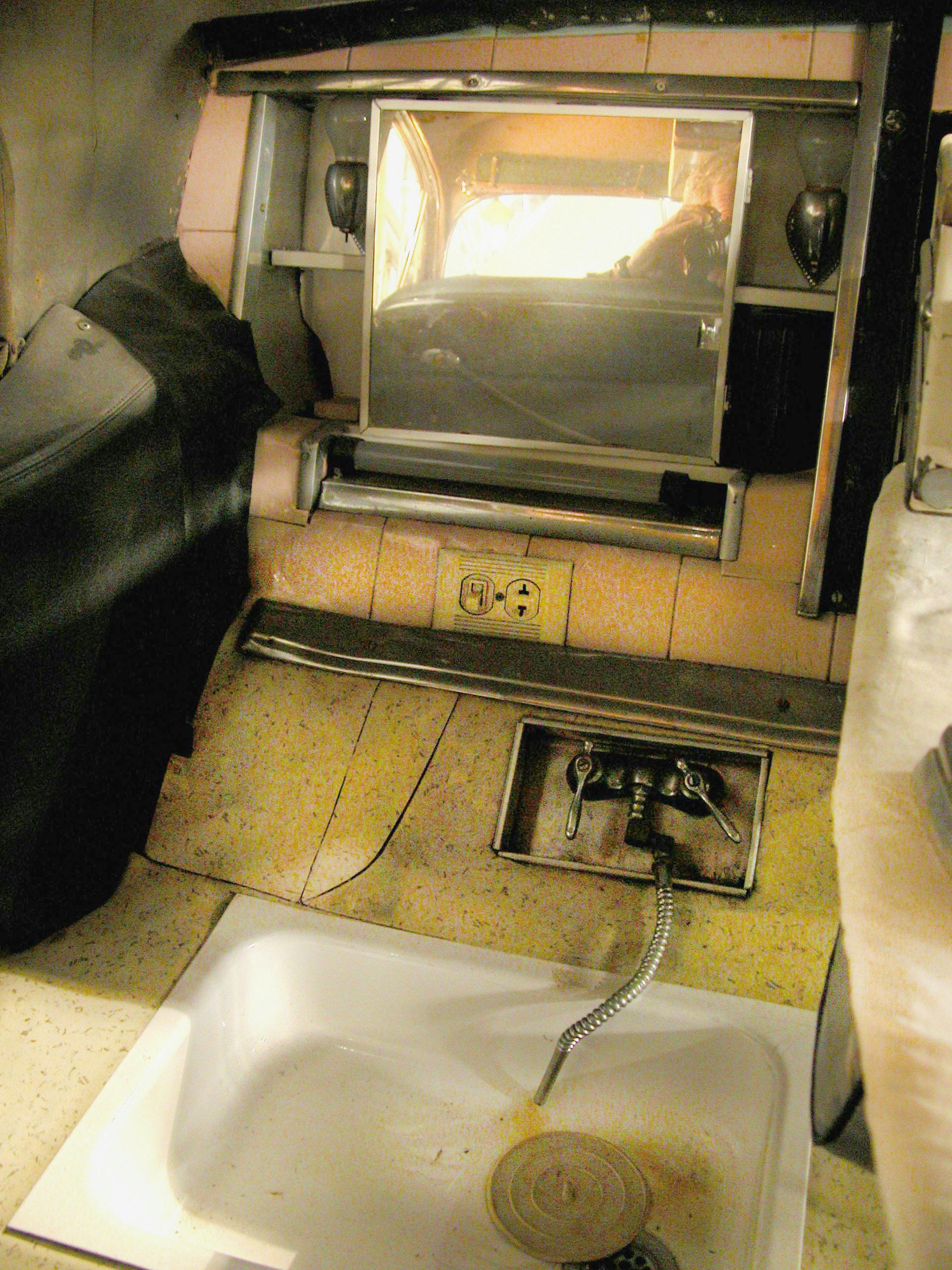
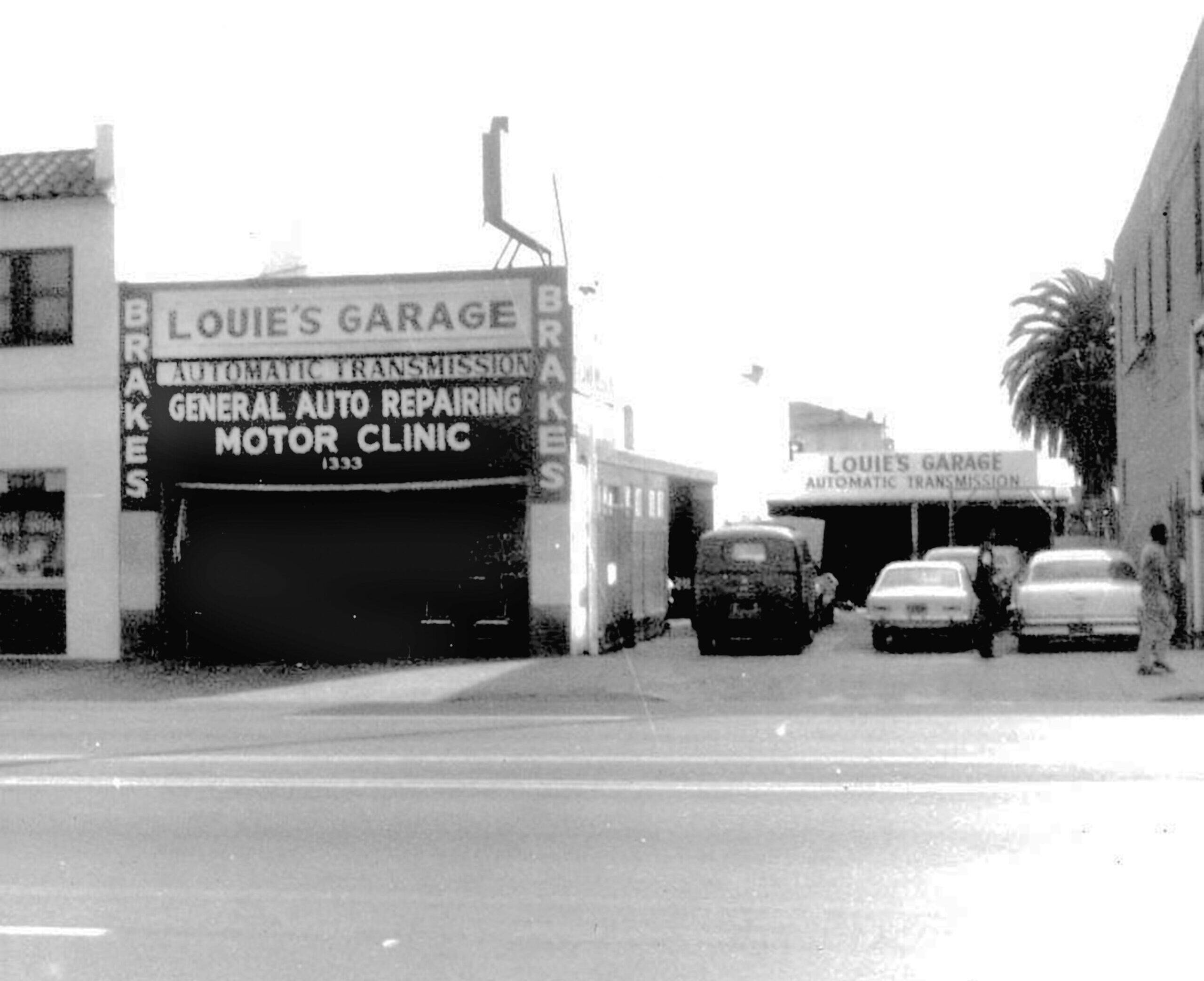
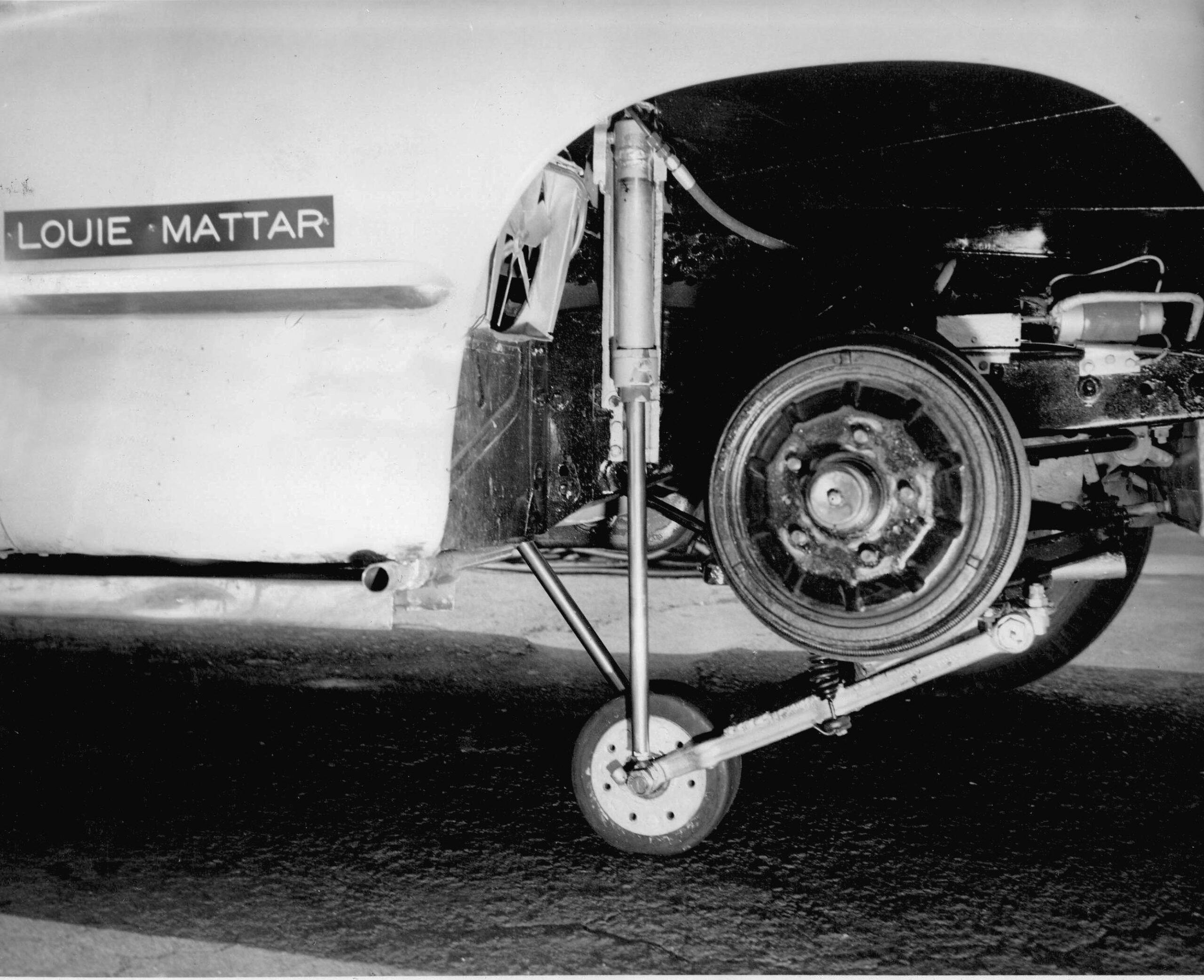

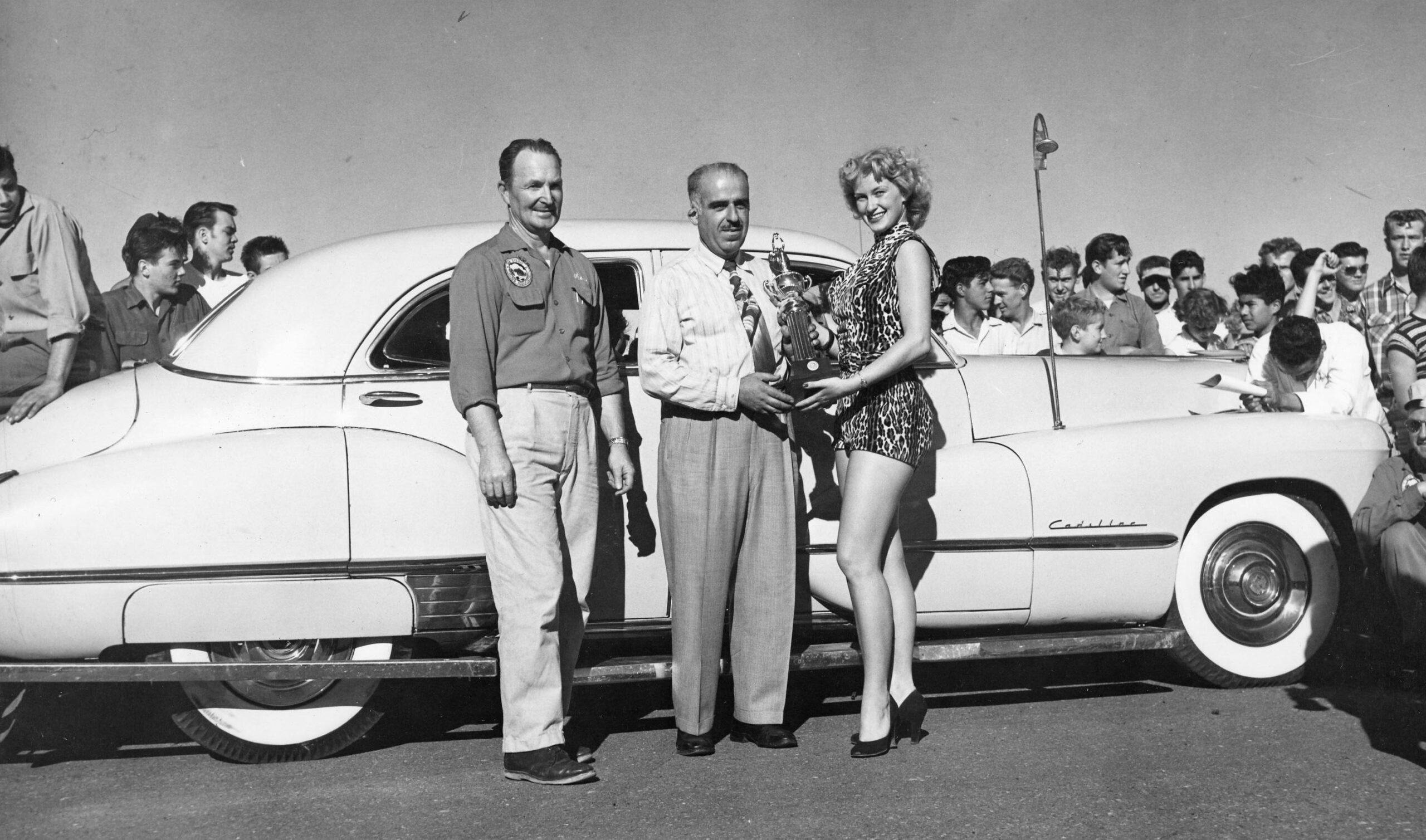
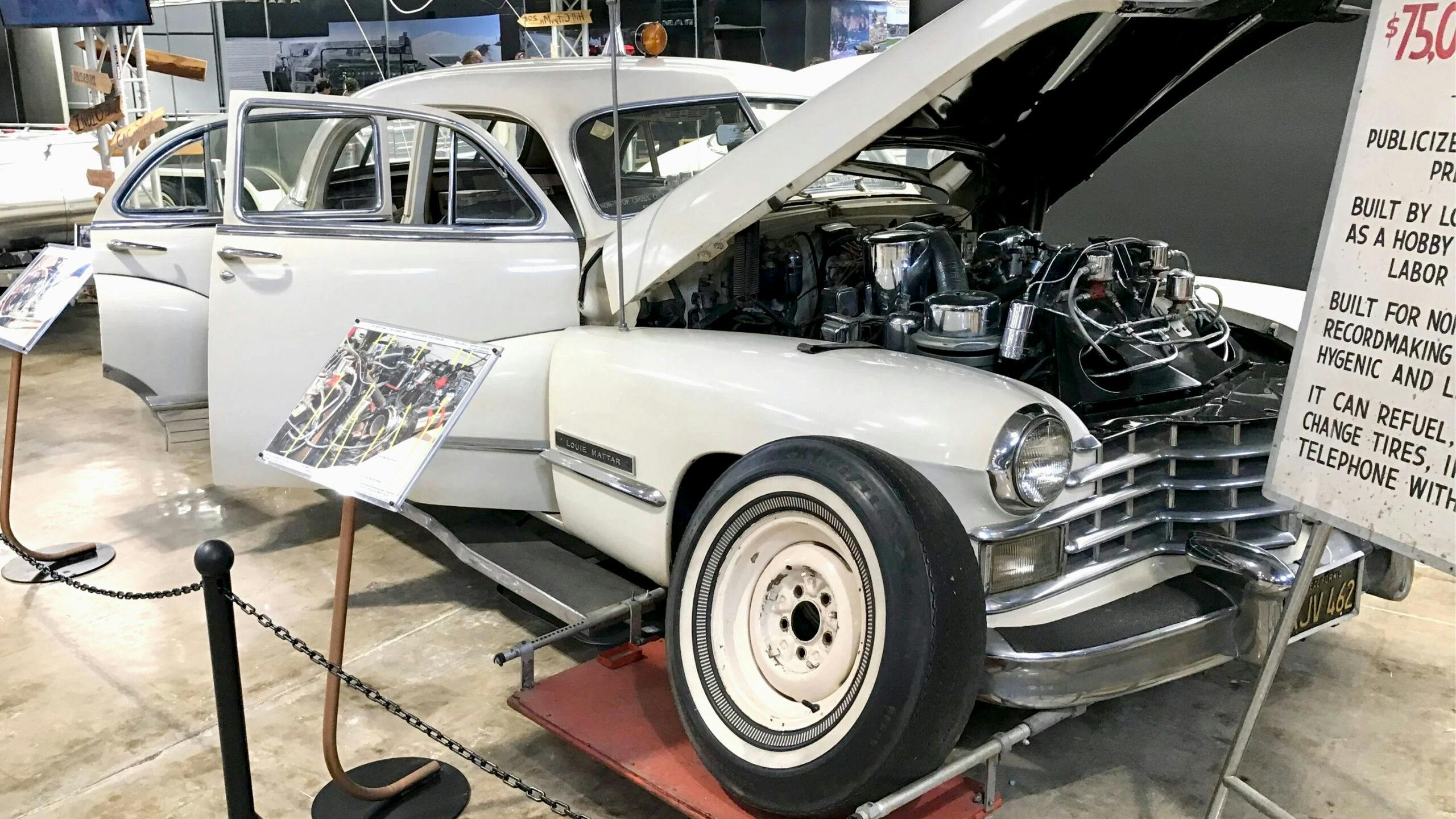
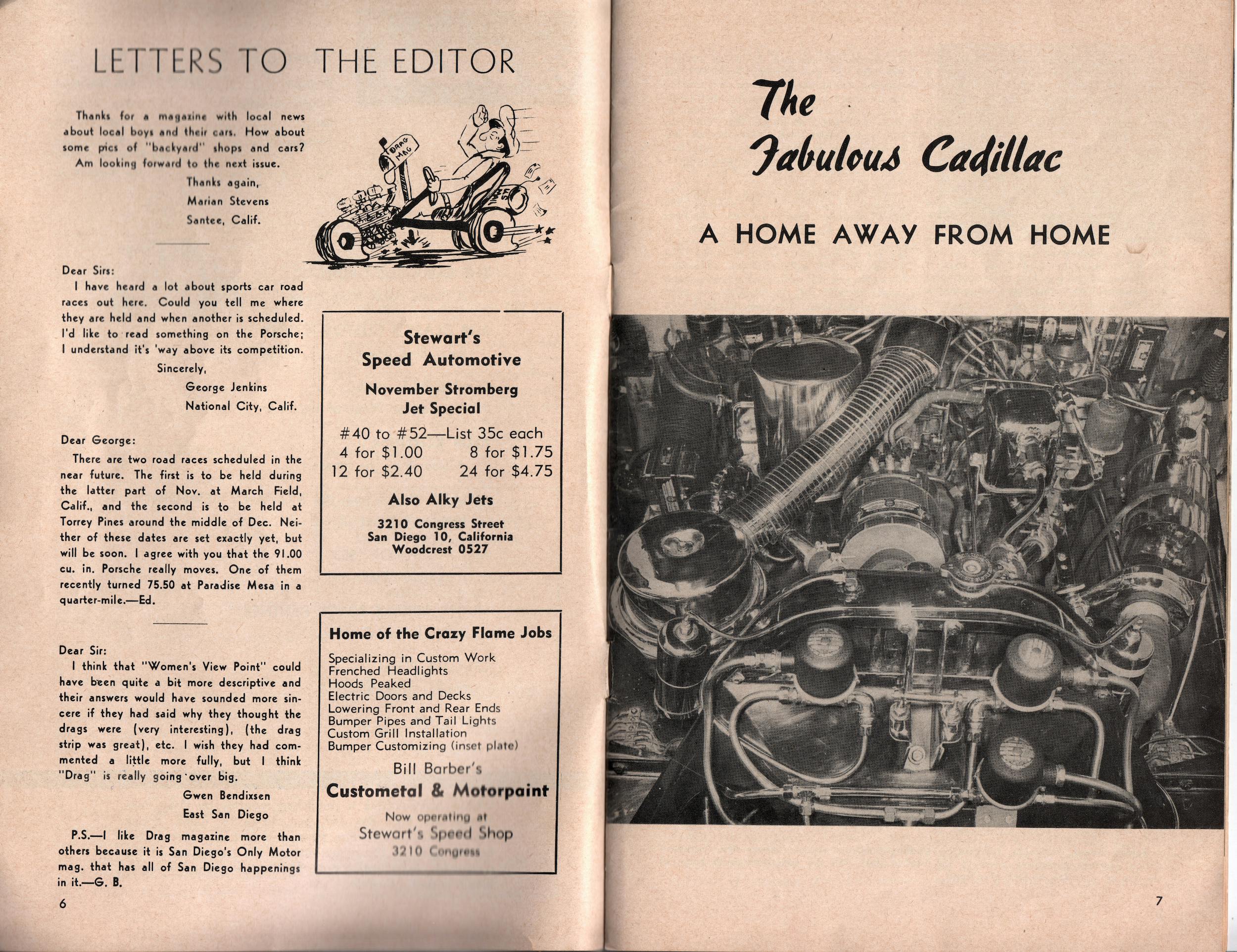


I was a docent at the San Diego Auto Museum for many years, and this car was the first one visitors wanted to see. Truly an American marvel.
There have been several vehicles that have been invented that were perpetual motion and it did not need energy traditionally the way we know it, however either the builder was taken away and disappeared or the Auto industry paid him enough money to retire him. It would destroy the oil business and the auto business as it is. So many industries are this way. They develop a cash cow and then develop a way to keep it rather than solve the problem.
This is absurd. The trucking industry alone, with the the help of the Teamsters, of course, would protect anyone who actually came up with such machinery.
You obviously don’t know the “G” then. Because people can/still “disappear”, real easy. Even in todays world.
There’s a device on it that engages the differential separately
Pete Morris. You are absolutely right. These stories have been dreamed up over many years and are said so often that people actually believe them. Besides, perpetual motion machines can’t even produce enough power to keep themselves going due to friction. They produce NO power. Look at YouTube for brilliant designs but actually none work. None.
The auto industry could be counted on to do this, but will never have to do it, for the simple reason that perpetual motion is a physical impossibility. There has never, ever been any vehicle that ran on perpetual motion.
100% correct. I worked on some converted hybrid E350 cab/chassis for TruGreen. They were true hybrids with two large batteries made by Panasonic. These were Obama Era pork projects and TruGreen got them cheap with tax credits included. Anyway, one of them had a faulty battery and they were unavailable. Chevron bought the patent from Panasonic and immediately stopped production. The vehicle couldn’t easily be converted back as a lot of the necessary pieces were gone and it would be cost prohibative.
Sure, anything you say bub.
Where is this invention now ? We needed more than ever and can it be resuscitated???
It’s at the Auto Museum as stated, in San Diego. His family is my neighbors. Wonderful people
That’s the most amazing story I’ve heard in some time. Can’t imagine changing a wheel/tire while in motion.
For an April 1st edition, might I suggest a few stories, for readers to pick the true one…
I’ve seen Louie’s Cadillac & trailer several times at the San Diego Auto Museum and agree that it is quite something. Louie seems to have gotten obsessed with the idea of building a car that could go for several thousand miles without stopping. I suppose when your profession is repairing cars that have stopped running, building one that never stops could become a goal.
Can you imagine police today accommodating someone who wanted to drive through their town without stopping for any lights or signs?
Getting that kind of police cooperation today would be the most difficult part of reinacting the journey. Todays roads, tires, synthetic oil, etc would make most everything else a snap.
With todays Interstate Freeways it would actually be easier.
How do you change a wheel on a car in motion? Did this thing have a transfer case that could disable front or rear drive selectively? Or a rear diff that could somehow drive only one side on demand?
For the open rear individual brakes could work, for the front you have to go straight till changed.
Certainly limited turning, as in maintaining whatever line you chose to navigate during the swap, could be achieved by the remaining front wheel… especially if the lift jack wheel was a caster type arrangement.
Oh, if it had 4 wheel steering this would be solved already… something that for some reason wouldn’t surprise me with that guy.
I remember as a kid having my Mom take us to Grossmont Center in la mesa, California, to see this amazing unstoppable machine. As a young boy, I thought it was incredible.
Even with today’s cars can’t do that on the fly this was a vehicle before it’s time just like tucker an his line of mid engine cars air cooled engine third head lamp moving with steering wheel
It’s a pretty interesting car. Very cool story.
If you gave this challenge to a bunch of engineering majors, or even grad students, at MIT, Cornell, Purdue or wherever, TODAY, in 2023, could they figure out how to make the same nonstop journey??? (with ICE, obviously)
Part of me says YES, that they’d start with a full size crew cab truck, probably diesel HD, and could go from Alaska to Argentina while livestreaming the entire trip!
And part or me says the smart college kids would need 1-2 years to figure it out, but a bunch of rednecks who went to trade school could do it by Halloween in a lifted ’89 Cadillac 😉
Yes, they’d buy a Citroen with pneumatic suspension
That’s so true
Given only five years between this Cadillac’s delivery and the cross-country trip, how did Mattar invest SEVEN years in the car’s construction??
The North-South trip was in 1954.
Mattar continued to refine it at least until 1954 as far as I know. Of course this article is based on information compiled by the museum and various journalists. I spoke to the grandson who at least supported the record.
That would be the time dilatation module that was never mentioned for obvious reasons…
Doc Brown had the flux capacitor.
He “thought about it in the shower”, much like attorney’s “billable hours”.
He planned it by preparing the devices then acquired the Cadillac
I live in San Diego and we had a matching 1947 Cadillac thru the late 70’s that he and his sons maintained for us! Great people!
Wow! That’s really neat! Yours survived a really long time! It must have been a awesome ride!
Yes, they all are a great family and still here
I accidentally could have handily beat this range, with no stops for fuel.
Bought a Dodge pickup with a 40 gallon propane setup where the spare had been. Propane stations were scarce so I had a company install a 100 gallon in the truck bed, problem was I didn’t realize that it also had saddle tanks with another 60 gallons. Filled to 80%.
With the manual trans it would get about 20 mpg on the highway, with a non stop range of ~4000 miles. Could have driven from LA to New York and made it half way back.
Was great overall though, I could commute and use it for 6-8 months without even thinking about a refill.
I’m impressed with this man’s talent, skill’s, abilities, achievements, dedication, desire, persistence, focus, imagination, etc. which are all of the qualifications required to build the world’s first, best, most successful real and operating Perpetual Motion Motor, Machine, Device or whatever he may have had the opportunity and luck to fabricate 😁, PJR
Back in the days when men were men.
Wow. Great article, immense thanks
In June 1975 drove my VW Beetle from Wash,DC to Manhattan Beach,CA. Partied all summer and then drove back at the end of August. The driving was therapeutic and the experiences changed my life.
Some tech details on that perpetual motion feature. ?
“Perpetual motion machine” is a bad and misleading description of the car because it doesn’t move without continual external force. They just mean it was driven without stopping to fill up on gas or for any other reason. They just did it all while moving.
Now that’s a pretty novel achievement for 1952. Wow, I’d say that’s pretty cool 💯😎. This guy’s got the noggins for sure. With today’s technology, I’m sure this could be accomplished much easier than back then. Way to go sir!
If Rob Siegel had this car, he wouldn’t have to make so many roadside repairs!